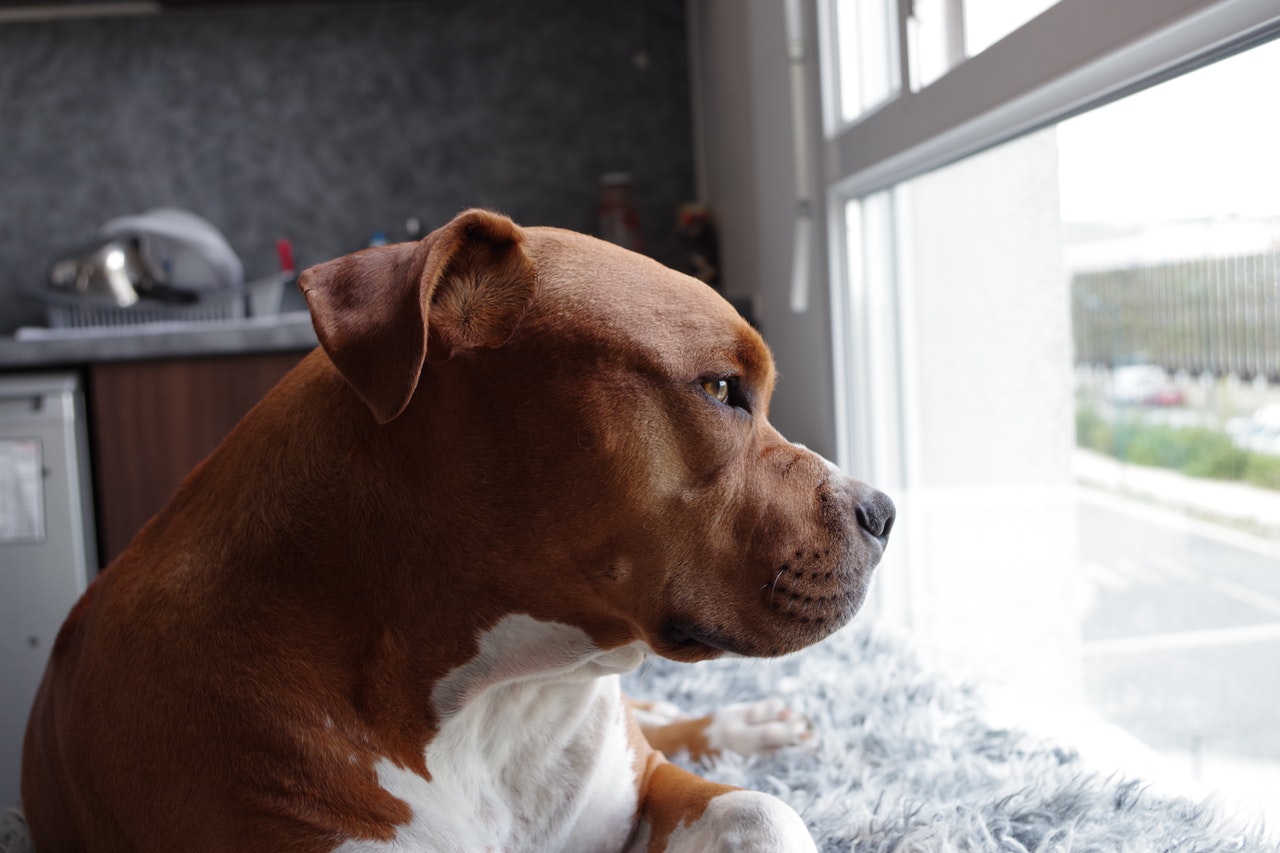Helping your pet adjust to a new routine
by Ontario SPCA and Humane Society | General Pet Care | April 3, 2020

During this challenging time, many of us who are able, are physically distancing by staying home. This means more time with pets and a pretty drastic routine change. Even though we don’t know when things will go back to normal, it’s important to understand how this change is affecting our pets and how they will be impacted again when we go back to work/school/routine.
Our pets get accustomed to our regular routine. Whether it’s the time we normally leaving in the morning or get home, when dinner or treats arrive, or the schedule for walks, snuggles and play time. For some of us, it may mean we’re staying up later, sleeping in longer, or that we don’t leave the house every morning like we normally would. Meal times are adjusted accordingly, and it also means more time to interact with our pets.
As these disruptions to routine happen, pets may experience some anxiety and stress. Once adjusting again, if children go back to school, or you go back to work, their routine is changed all over again. For some animals, this can lead to possible behavioral problems as they cope with these changes.
Over the coming weeks, stay tuned for tips on:
- Keeping your daily routine
- Leave and Return
- Separation Time
- Meal times
- Indoor/Outfoor self play activities
These activities will help your pet adjust to the current routine you have, and make return to work a smoother transition as well.
In the meantime, here are some ways to help a pet experiencing separation anxiety once you return to your non-isolation routine:
Exercise
By going for a long walk with your dog before you have to leave, you’re offering some physical and mental stimulation as well as putting your pup in a calmer state before you go.
You can also give cats a mentally stimulating environment by creating a viewing perch situated next to a window or by providing a cat tree, which will give them something to scratch, nap on, and climb.
No big farewells
Pets are very perceptive when it comes to reading our emotions. That’s why it’s important to treat leaving the house as a stress free event. That means no big goodbyes and keep the talking, petting, and eye contact to a minimum for 15 minutes before leaving and after entering the house.
Practice
Pets with separation anxiety will often pick up on a certain noise or action that indicates you’re about to leave (e.g., the sound of your keys, opening the door, or putting your shoes on). If your pet gets anxious at a particular trigger, try repeating the action a few times without actually leaving (e.g., picking up and putting down your keys). Eventually you can practice walking out the door and coming right back in, working your way up to 5-minute departures and gradually increasing the time you’re away.
Keep to a schedule
Pets love routine. Knowing that you leave and come home at the same time every day will offer some peace of mind for your pet. Try keeping to a regular schedule, and if you know your schedule will be unpredictable for a few days, have a family member or dog sitter stay with your dog.
A pet with separation anxiety may look for ways to relieve their stress, which can take the form of scratching, chewing or having accidents around the house. It’s important that you stay patient and not scold your pet. By working with your pet gradually, your dog or cat will eventually become more at ease and less anxious while you’re away.
Categories
Testimonial
Totally rock
All of your wonderful staff & volunteers totally rock. The amazing compassion and work you provide on a daily basis is incredible.